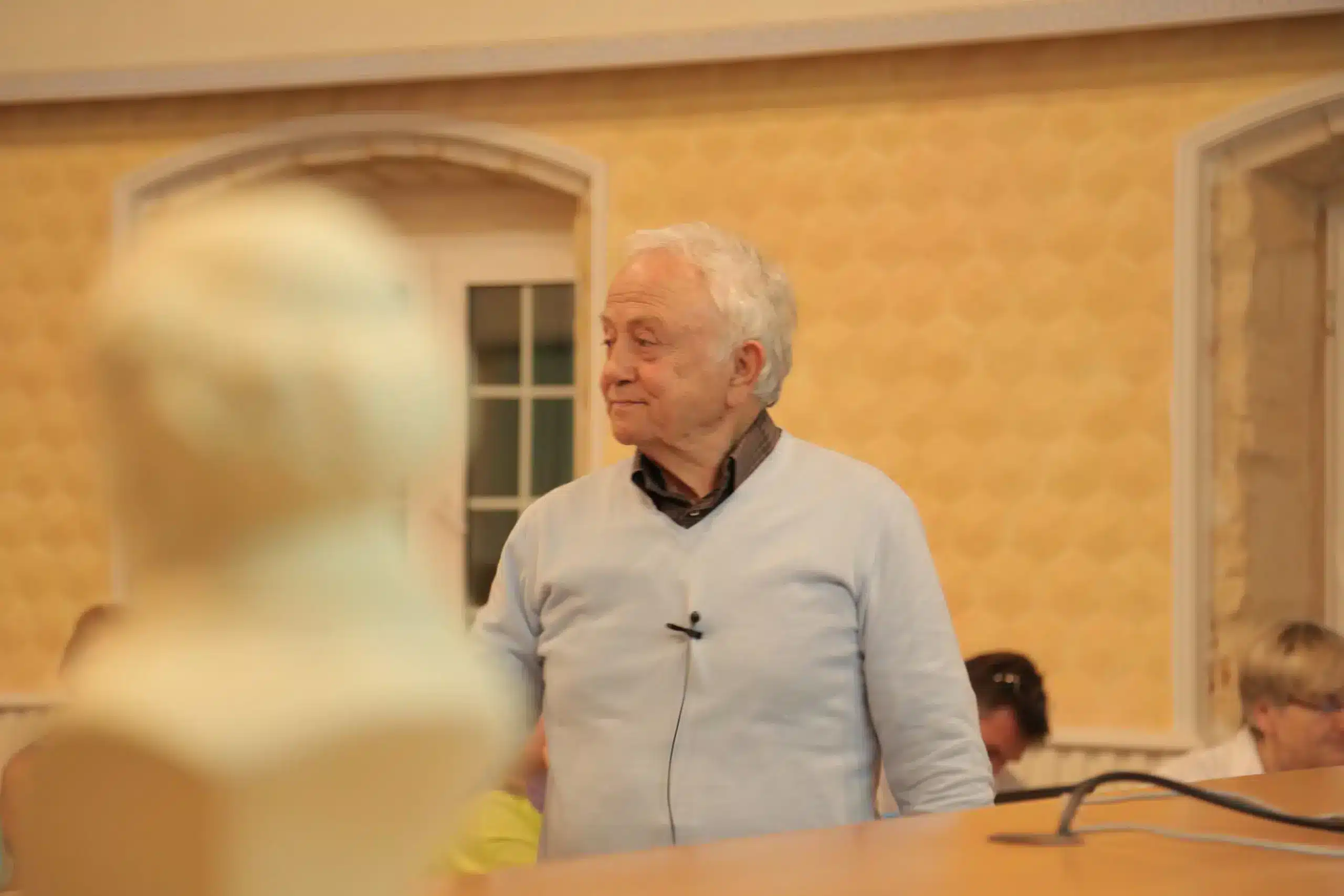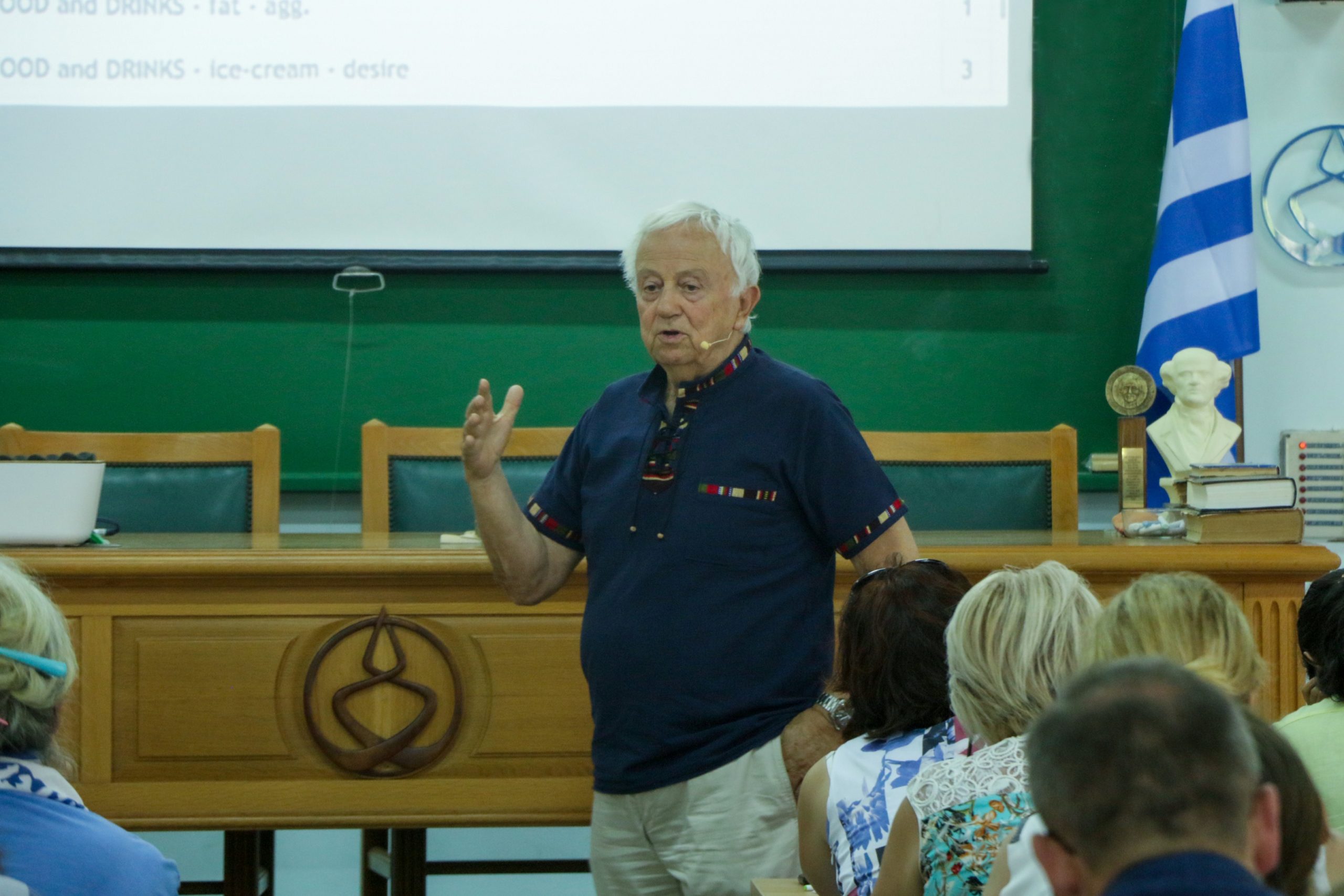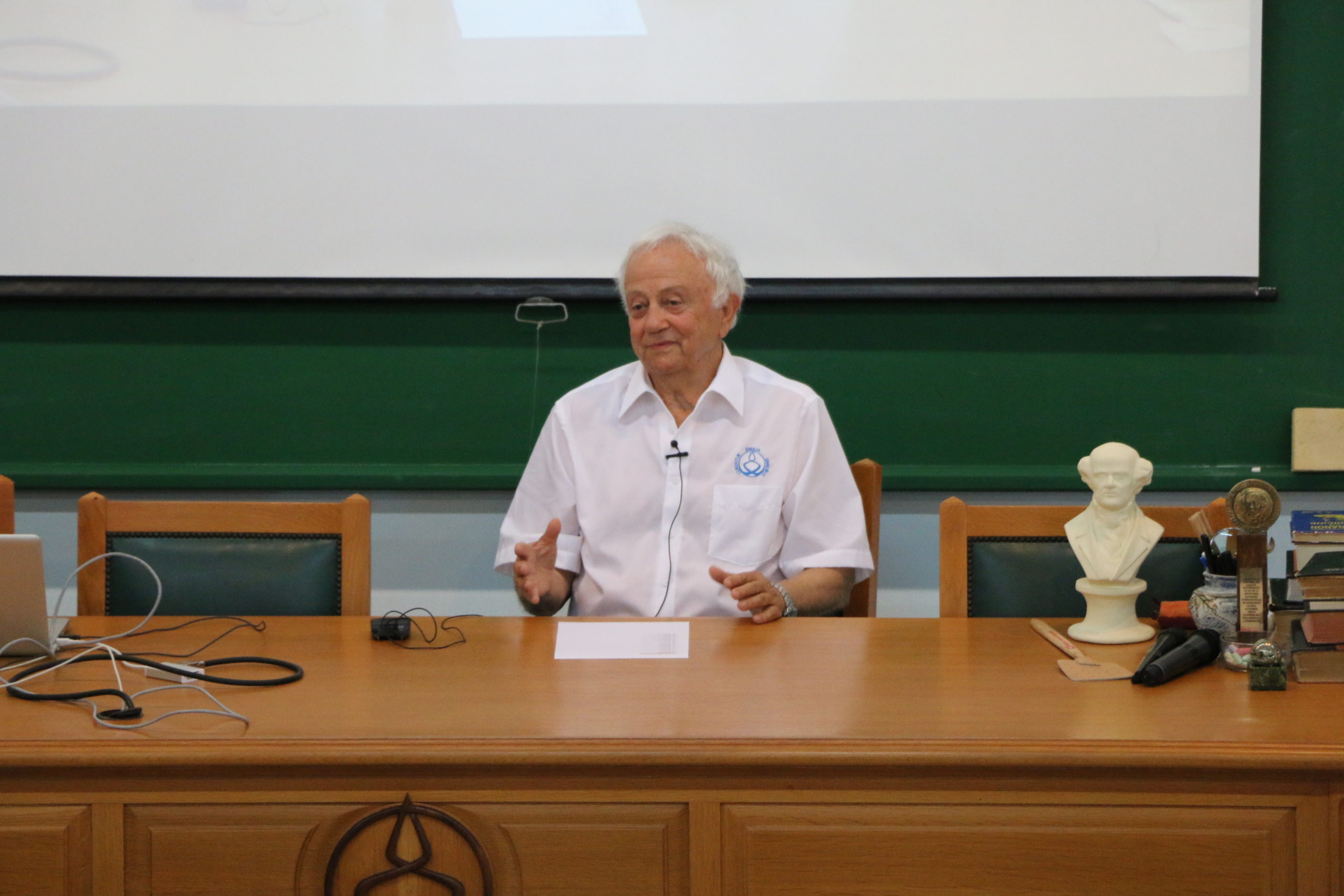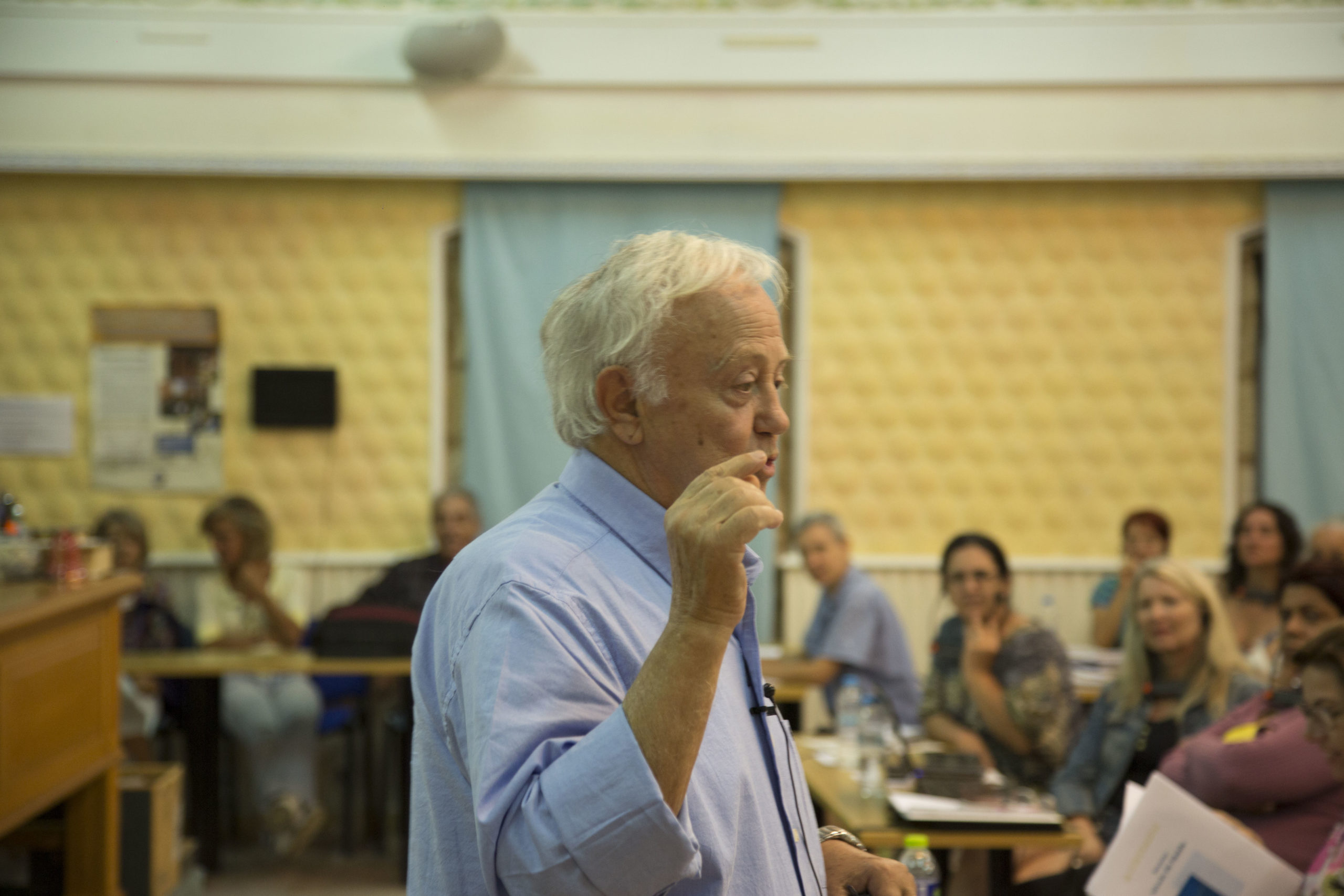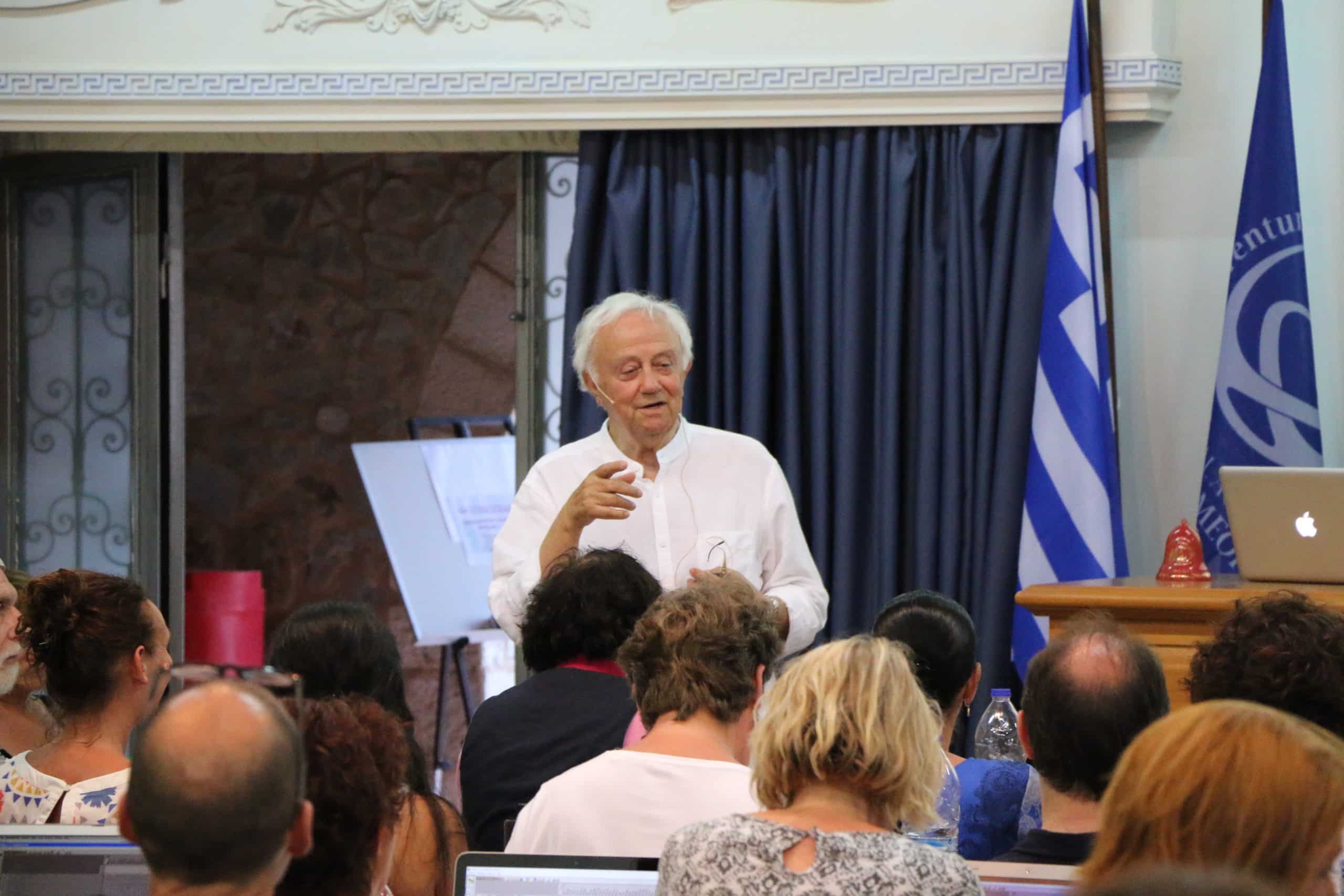Background: Nowadays, conducting valid provings is one of the most important research topics in homeopathy. Consequently, many proving methodologies are continually being proposed.
Objective: This study aimed to investigate Hahnemann’s posology on provings.
Design: A review of Hahnemann’s posology on provings.
Homoeopathic Links
The Posology and Doses of Remedies Used by Hahnemann in His Provings
Year : 2015 | Volume : 28 | Issue : 3 | Page : 190-194
The Posology and Doses of Remedies Used by Hahnemann in His Provings
Soultana Simadopoulou, George Vithoulkas
Abstract
Background: Nowadays, conducting valid provings is one of the most important research topics in homeopathy. Consequently, many proving methodologies are continually being proposed.
Objective: This study aimed to investigate Hahnemann’s posology on provings.
Design: A review of Hahnemann’s posology on provings.
Results: In Hahnemann’s provings several symptoms were included, deriving from material doses, such as grain doses, scruple doses, tinctures, the seeds or the root of the plant and from potentised doses, such as the 1st trituration, 9th dilution, 30th dilution, 3rd trituration and the 18th dilution. According to aphorism §128, Hahnemann states that it is best in provings to give to the experimenter from four to six very small globules of the 30th potency of the substance we prove for several days on a daily basis. Also, in §129 and 132, he recommends repeating the medicine daily, for several days increasing the dose per day. Yet in §131, he warns that in such provings the subsequent dose often curatively removes some of the symptoms caused by the previous dose, or develops in its stead an opposite state. Thus, we don’t know whether such symptoms are the reaction of the organism and hence secondary action, or an alternating action of this medicine. Hence, in §130, Hahnemann says that if the dose is sufficiently strong (depending on the sensitivity of the prover) and if no other dose is needed to produce symptoms, the advantage of learning the order of symptoms’ succession is gained. In this case the genius of the symptoms can be seen due to the clear distinction between the primary effects (those most important) and the after-effects (secondary).
Conclusion: Hahnemann, in his conclusion, experimented using varying amounts in his provings. Following his recommendations, learning the order of symptoms’ succession is very useful, because then the order of the primary actions, as also that of the alternating actions, is observed (§130). To gain this advantage, either the first dose administered should be sufficiently strong, or the experimenter must be endowed with adequate delicate sensitiveness (§130). Vithoulkas and Herscu propose a novel approach to proving’s posology according to Hahnemann’s concept of the prover’s individual predisposition-idiosyncrasy-sensitivity. This is a preselection methodology of the most sensitive provers.
For the full version of the article please click here

